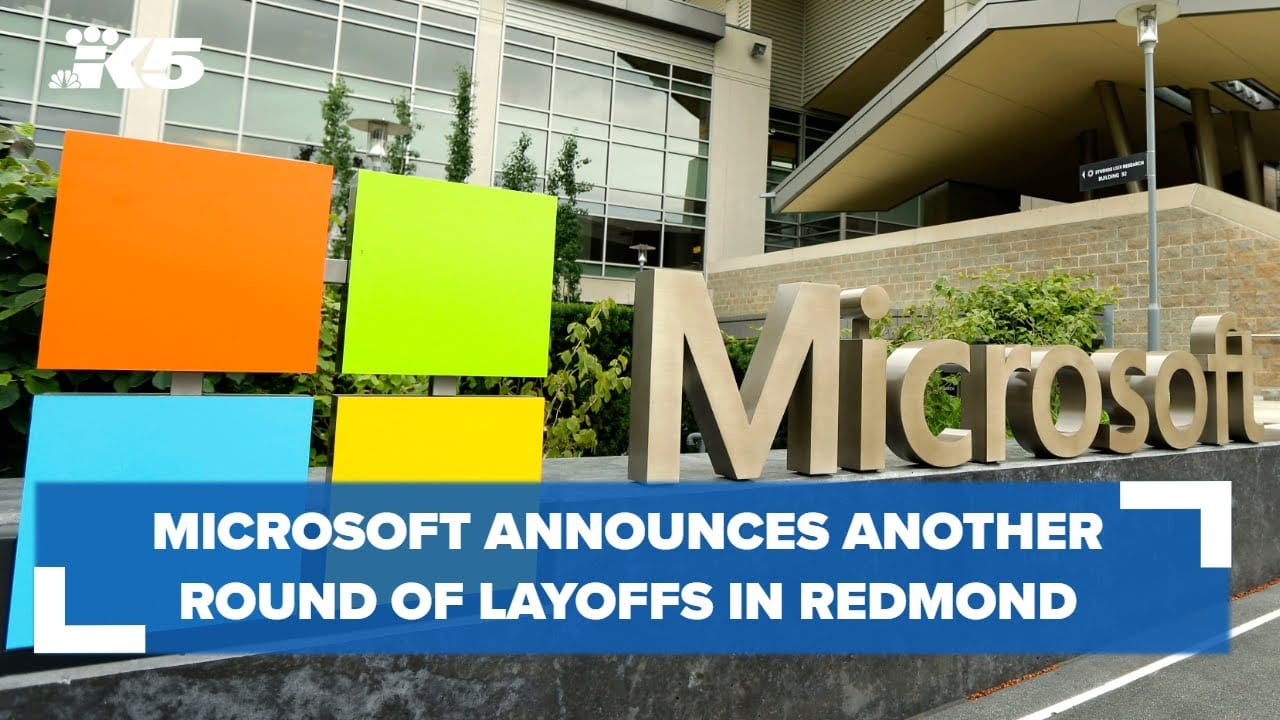The landscape of television consumption has undergone a seismic shift in recent years, with streaming services like Netflix, Hulu, and Disney+ capturing the attention of viewers and advertisers alike. According to a recent report by eMarketer, the number of U.S. households subscribing to cable TV is projected to drop below 50% for the first time in 2024, a stark contrast to the 76% of households that subscribed in 2014. This decline is attributed to the rise of on-demand content and the flexibility that streaming platforms offer, allowing viewers to watch what they want, when they want, without the constraints of traditional cable packages. Furthermore, the COVID-19 pandemic accelerated this trend, as more people turned to streaming for entertainment during lockdowns. Major cable providers are feeling the pressure, with companies like Comcast and Charter reporting significant subscriber losses in their latest earnings calls. In response, some cable companies are attempting to pivot by offering their own streaming services or bundling internet and cable packages to retain customers. However, these efforts may not be enough to stem the tide. Industry analysts predict that if the current trajectory continues, cable TV could face extinction as early as next year. The shift in consumer behavior is clear: viewers are increasingly favoring the convenience and cost-effectiveness of streaming over traditional cable subscriptions. As we move into 2024, the question remains: will cable TV be able to adapt, or is this the beginning of the end for an industry that has long dominated the entertainment landscape? {https://www.emarketer.com/content/us-cable-tv-subscriber-numbers-2024} {https://www.cnbc.com/2023/08/01/comcast-charter-earnings-cable-subscriber-losses.html}
The Decline of Cable TV: Is 2024 the Final Curtain Call?



